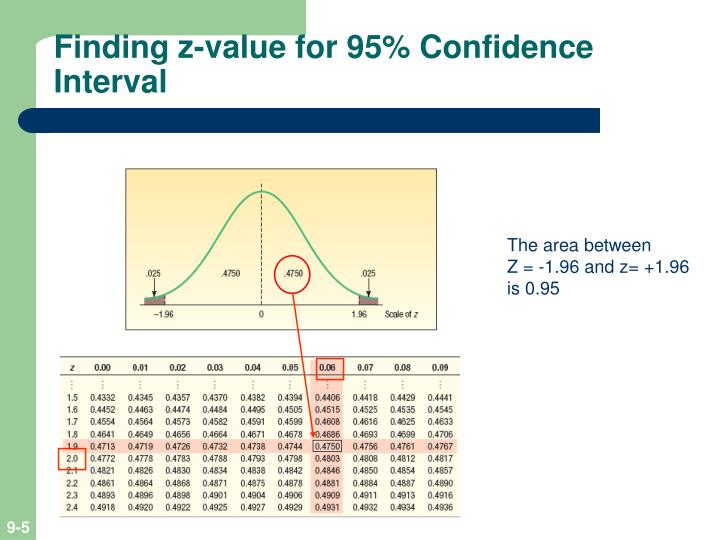

This is down from 19.6% as of April 2020. As of April 2021, just 15% of the population has had a 30+ day past due missed payment in the past year. Missed payments reported in the credit file are down significantly.Let’s dive into each of these in a bit more depth:
Average packrat score 2021 drivers#
Though it might sound obvious, the drivers of the continued improvement in the average FICO® Score are continued improvements in key metrics considered by the score: fewer missed payments, lower consumer debt levels, and reduced credit seeking behavior. Average FICO® Score During COVID-19 Has Increased More for Lower Scoring Population In contrast, those consumers who had a FICO Score value between 750-799 as of January 2020 have seen virtually no movement in their average score between April 2020 and today.įigure 2. For example, for those consumers who had a FICO Score value between 550-599 as of January 2020 (pre-pandemic), their average score has gone up from 581 as of April 2020 to 601 as of April 2021. The upwards trend in the average FICO Score is actually most pronounced in the lower score ranges. If you think the uptick in average FICO ® Score is coming from the prime, lower risk/higher scoring segments, guess again! National Average FICO® Score Has Continued to Rise Through the Pandemic FICO Score® Distribution Shows Similar Trend Towards Higher Scores But there is considerably less surprise about these latest results: the data shows that a growing economy, accompanied by historic home price appreciation, strong performance of equity markets, and evidence that the payment accommodation programs offered by lenders since the onset of the pandemic have helped (and are continuing to help) affected borrowers bridge the gap that opened up in their finances as a result of COVID-related income loss.įigures 1.

At that time, the news that the FICO Score had trended up in the early months of the COVID-19 pandemic was greeted with some surprise. This is eight points higher than it was one year ago, and five points higher than the last time we reported on the average FICO Score in October 2020. FICO ® Score Continues to RiseĮach year, we share the average U.S.

There are also FICO Score versions available that utilize alternative data, based on Fair Credit Reporting Act (FCRA) compliant sources such as landline, mobile and cable payments these scores can help address populations that were previously unable to be scored due to their sparse traditional CRA credit data.įICO Scores, which range from 300-850, are dynamic and evolve based on continually changing consumer behavior reported to the CRAs.* The Average U.S. The FICO® Score model is based on data in an individual’s credit report, housed by the three primary U.S. It is relied upon by stakeholders across the entire lending ecosystem – from regulators, investors and boards to consumers, lenders, and brokers – as a baseline metric for assessing credit risk that is fair to both lenders and consumers. It serves as a broad-based, independent standard measure of credit risk. The FICO® Score is the lingua franca, or common language, for the credit scoring industry.
Average packrat score 2021 how to#
Learn how to gain better industry risk insights using data-driven analytic solutions with FICO® Scoring Solutions for Industry Risk. FICO delivers a range of products and services globally that empower the development of enhanced credit risk strategies.


 0 kommentar(er)
0 kommentar(er)
